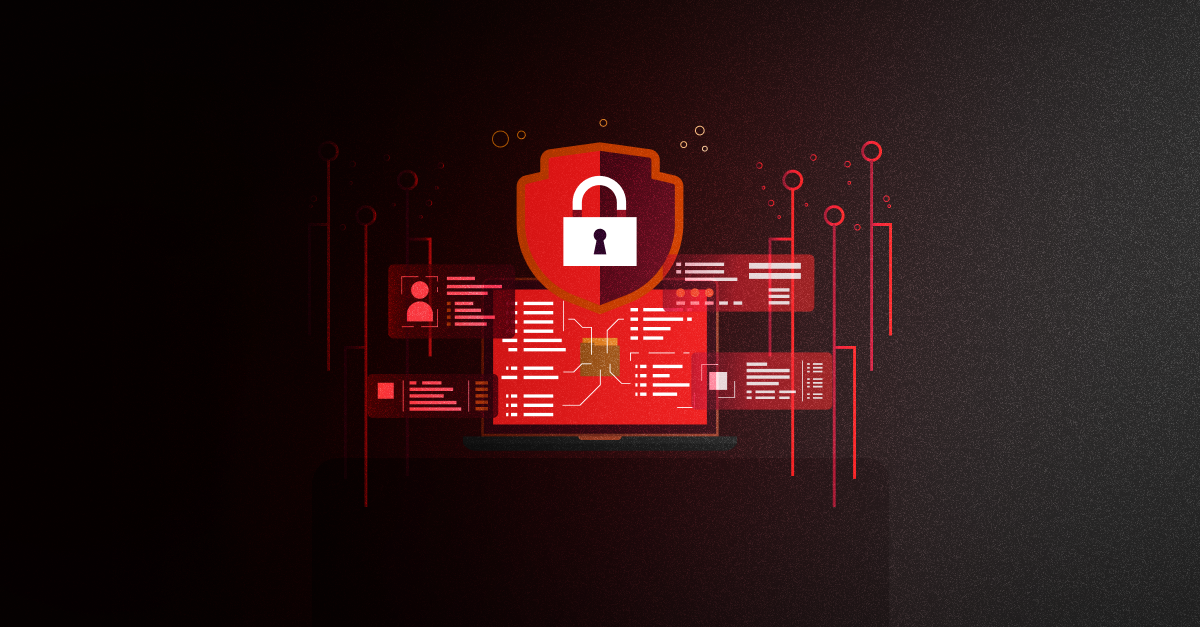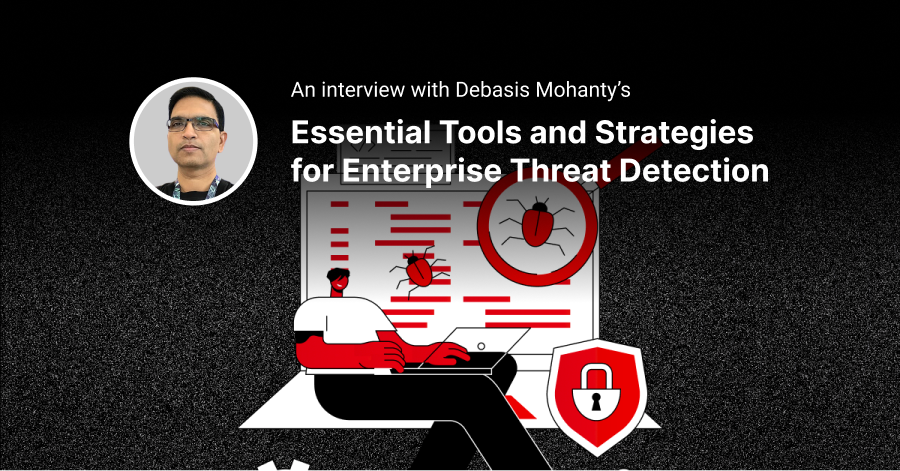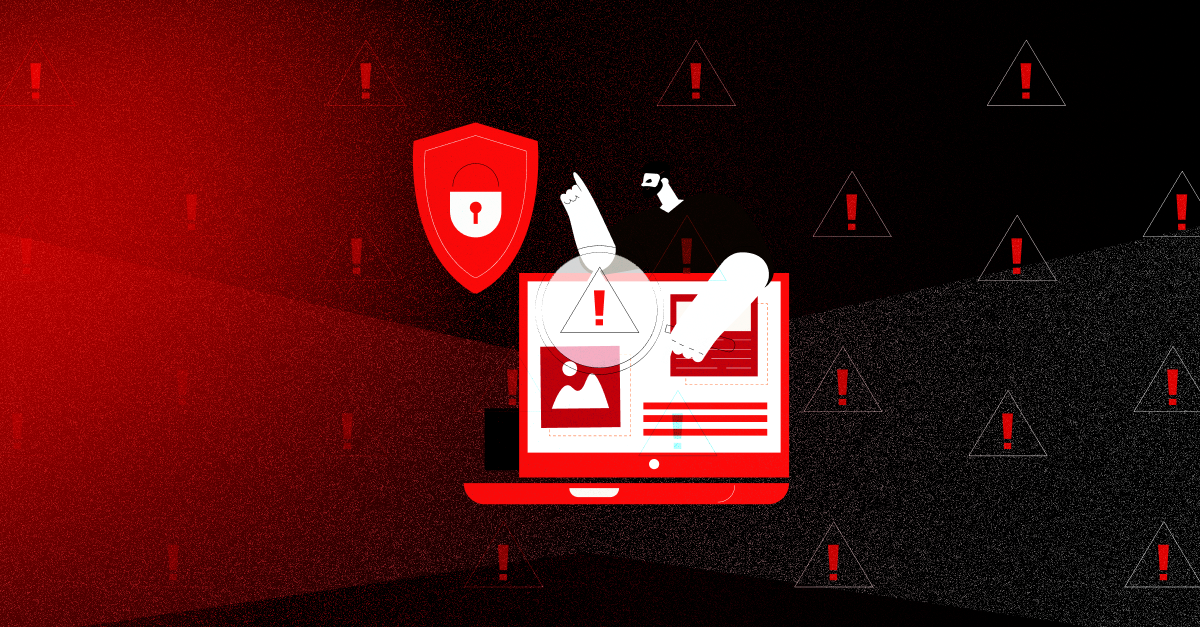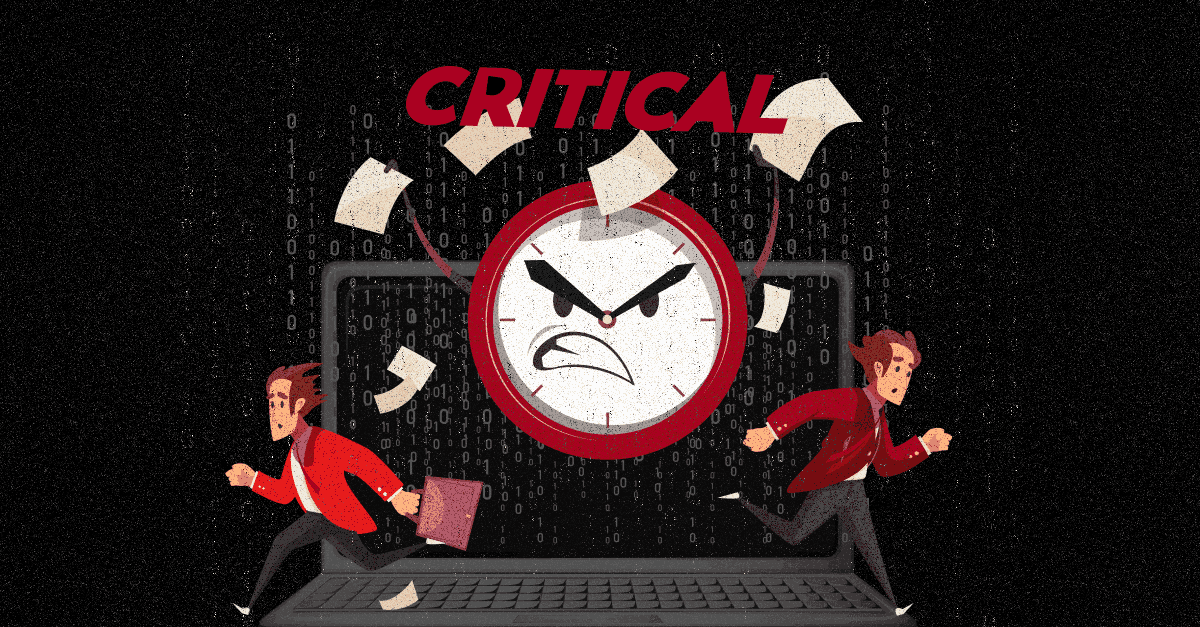In today's hyper-connected world, where every click and transaction leaves a digital footprint, the imperative of robust cybersecurity measures looms larger than ever before. As businesses and organizations pivot towards digitization, the relentless surge in cyber threats has redefined the strategic importance of cybersecurity project management. In this article, we're exploring cybersecurity project management and how it forms the foundation of a secure digital strategy.
Understanding the Importance of Cybersecurity Project Management
Let's dive straight into the numbers: cybercrime is projected to inflict losses exceeding $10 trillion globally by 2025. In the face of this concerning rise, cybersecurity project management appears as a critical component in fortifying digital ecosystems and resisting malicious cyber attacks.
The Growing Threat Landscape
The digital domain is under attack, with an unprecedented range of cyber dangers including sophisticated malware, ransomware, and social engineering tactics. Hackers keep morphing their tactics to bypass new security measures and fool people into divulging confidential information.
Think about it: 95% of cybersecurity breaches are the result of human error, thereby shining a spotlight on the need for dynamic cybersecurity project management that evolves with the threat landscape.
Impact of Cybersecurity Breaches
Beyond the immediate chaos, the long-term repercussions of cybersecurity breaches are staggering. Did you know that 60% of small companies go out of business within six months of a cyber attack? And beyond the financial turmoil, the erosion of trust can consign even the most reputable brands into obscurity.
This underscores the weight of cybersecurity project management in preserving an organization's integrity and viability.
Role of Project Management in Cybersecurity
Consider cybersecurity project management to be the architect of an indestructible fortress. Project managers are responsible for allocating resources, managing risks, monitoring progress, and ensuring coordination among all stakeholders.
It hinges on meticulous planning, laser-focused execution, continuous vigilance, and adaptive strategies. At its core, it's about steering a business through the murky threat landscape and keeping the cyber attackers at bay.
Key Components of Effective Cybersecurity Project Management
- Defining Project Objectives and Scope: Clear project objectives and scope chart the course for a cybersecurity initiative. Mapping the scope mitigates uncertainty, enabling precise allocation of resources and efforts.
- Building a Competent Cybersecurity Team: Cybersecurity is a team sport. Project managers are responsible for assembling a harmonious team of ethical hackers, cybersecurity analysts, compliance experts, and IT professionals to form the backbone of an effective cybersecurity project.
- Risk Assessment and Mitigation: This process involves identifying vulnerabilities, potential threats, and their potential impact. Armed with this intelligence, you can construct robust countermeasures, thus avoiding potential breaches.
- Compliance and Regulatory Considerations: In a world governed by stringent data protection laws, negligence is no longer an option. Cybersecurity project management ensures adherence to regulations while bolstering defenses.
Best Practices for Cybersecurity Project Planning
- Creating a Comprehensive Project Plan: A comprehensive project plan is a step-by-step guide, steering the project from infancy to maturity, leaving no stone unturned in the pursuit of a secure digital terrain.
- Setting Realistic Timelines and Milestones: A well-structured timeline prevents rushed deployments susceptible to oversight. Setting achievable and measurable milestones helps you stay on track.
- Resource Allocation and Budgeting: Careful allocation of budgets and personnel resources fortifies an organization's cybersecurity posture.
- Stakeholder Communication and Management: Communication is the cornerstone of any endeavour. Engage them, and foster a collaborative environment.
Challenges and Roadblocks in Cybersecurity Project Management
- Skill Shortages and Talent Acquisition: As the demand for cybersecurity experts outpaces supply, organisations must be proactive in their talent acquisition strategies. Embrace unconventional hiring practices, foster mentorship, and bridge the skills gap through relentless upskilling.
- Keeping Up with Rapidly Changing Technologies: The rapid evolution of technologies parallels the shape-shifting nature of cyber threats. Envision cybersecurity professionals as digital alchemists, transmuting their knowledge to harness emergent technologies for fortification.
- Constantly Evolving Threat Landscape: Cyber threats are never static. New vulnerabilities are discovered daily and exploited within hours.
- Regulatory Compliance: Cybersecurity projects are subject to stringent compliance regulations and keeping up with the latest industry standards can be a struggle.
- Balancing Security and Business Needs: Cybersecurity project management, is all about maintaining equilibrium between robust security measures while maintaining the needs of the business. Collaboration and open dialogue ensure this balance.
Project managers in the cybersecurity field often face challenges that can make their projects difficult. One major issue is the requirement for a penetration test, which is the final step before a project can go live. Typically, they need to allocate about a month at the end of their project to conduct this test. This includes the actual test, addressing any security issues, and then retesting to ensure everything is secure.
However, if the project development takes longer than anticipated, there is less time available for this crucial test. Consequently, project managers may feel pressured to rush the test in order to meet deadlines, which could potentially cause delays in the overall project. This situation is stressful as they are concerned about unforeseen security problems arising at the last minute.
Benefits of Integrating Automated Tools in Cybersecurity Project Management
In today's rapidly evolving cybersecurity landscape, staying ahead of emerging threats requires innovative approaches. One such approach is the integration of automated tools into cybersecurity project management processes.
By incorporating advanced software solutions, project managers can enhance their team's efficiency and effectiveness in several ways. Automated tools streamline routine tasks, allowing team members to focus their efforts on strategic initiatives and threat response. Additionally, these tools can bolster threat detection capabilities, leveraging AI and machine learning algorithms to analyze vast amounts of data in real-time.
Furthermore, the integration of automated tools facilitates agile adaptation to new trends and challenges. Project managers can quickly evaluate and implement new technologies to address evolving threats, ensuring their organization remains resilient in the face of cyber attacks.
However, it's essential to approach tool integration with careful planning and consideration. Ensuring that team members are adequately trained to utilize these tools effectively is crucial to maximize their benefits and minimize disruption to project workflows.
How Can We Help?
Managing cybersecurity projects and initiatives is a complex task. That's why we're here to help.
To make things easier for project managers dealing with these challenges, we offer EvolvePT's Automated Penetration Testing. With EvolvePT, project managers can perform security tests whenever they need to during their project, and they get the results on the same day. This helps find and fix security problems much earlier in the project, so they don't have to save a whole month for testing at the end. This means there's less stress, and project managers can be confident that their project's security is in good shape even before the final test. If you're a project manager or someone working on a cybersecurity project, we have a team of experts ready to support you and guide you through these challenges. Don't hesitate to reach out to us for help.
If you're a project manager, business leader, or cybersecurity professional looking for help with a cybersecurity project, don't hesitate to reach out. Our team of cybersecurity experts can provide you with the support and guidance you need to succeed.








